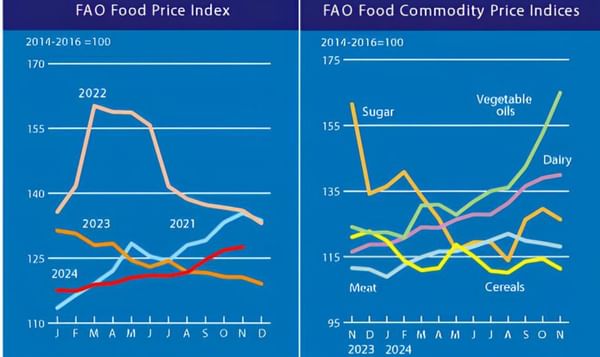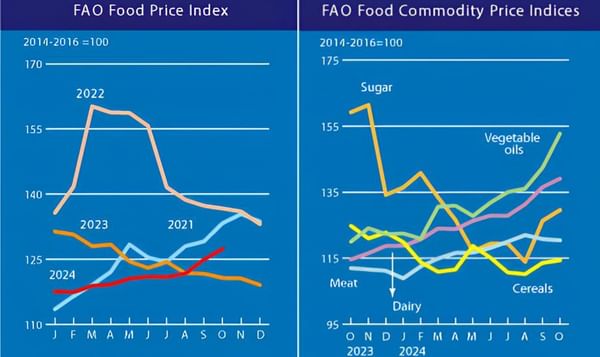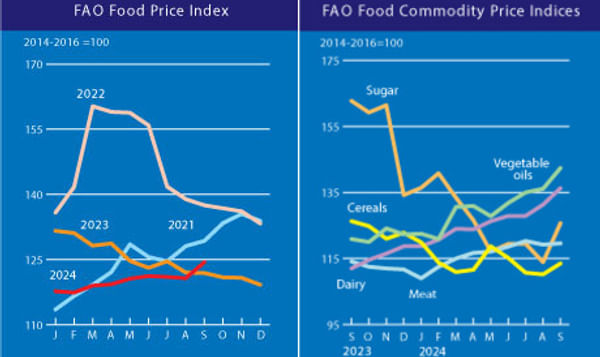Limiting saturated fat could help people whose genetic make-up increases their chance of being obese.
In a new study, researchers from the Jean Mayer USDA Human Nutrition Research Center on Aging (USDA HNRCA) at Tufts University identified 63 gene variants related to obesity and used them to calculate a genetic risk score for obesity for more than 2,800 white, American men and women enrolled in two large studies on heart disease prevention.
People with a higher genetic risk score, who also consumed more of their calories as saturated fat, were more likely to have a higher Body Mass Index (BMI), the ratio of body weight to height.
“We already know there are certain genes that interact with dietary fat and affect BMI,” said senior author José M. Ordovás, Ph.D., director of the Nutrition and Genomics Laboratory at the USDA HNRCA and a professor at the Friedman School of Nutrition Science and Policy at Tufts University. “In the current study, we analyzed dozens of variants of those genes and other genes frequently associated with obesity risk and saw that, while total fat intake was related to higher BMI, people who were genetically predisposed to obesity and ate the most saturated fat had the highest BMIs.”
The findings, which account for possible confounding factors such as age, sex, and physical activity levels, are published online ahead of print in the Journal of the Academy of Nutrition and Dietetics.
Ordovás and colleagues hypothesize that people who have these gene variants that predispose them to obesity may be more sensitive to saturated fat, which is found mostly in fatty cuts of meats, including beef and pork, as well as butter, cheese and other high-fat dairy products.
“Little is known about the mechanisms that might explain the role of saturated fat intake in obesity,” said Ordovás, who is also a member of the Genetics and Pharmacology & Experimental Therapeutics graduate program faculty at the Sackler School of Graduate Biomedical Sciences at Tufts University. “Some clinical models suggest that saturated fat might interfere with activity in the part of the brain that lets us know we’re full, in addition to a few studies in people that suggest a diet high in saturated fat interferes with satiety. More research is needed to know whether those findings would also apply to gene function.”
Genetic risk score could be useful in identifying people who are predisposed to obesity and could ultimately lead to personalized dietary recommendations. “If further research can clarify a relationship between obesity related genes and saturated fat, people with higher scores would have even more incentive to follow advice to limit their saturated fat intake as part of an obesity prevention strategy,” Ordovás said.
This research was supported by the National Institutes of Health (NIH) (grant nos. 1R21AR055228-01A1, HL54776, 5R21HL114238-02, and U01 HL72524); the National Institute of Diabetes and Digestive Kidney Diseases (NIDDK) (grant nos. DK063491 and DK075030); the U.S. Department of Agriculture Research Service (USDA ARS) (grant nos. 53-K06-5-10, 58–1950-9-001, and K08 HL112845-01); the National Center for Advancing Translational Sciences, Clinical and Translational Science Institute (grant no. UL1TR000124, and the European Union Seventh Framework Programme (grant agreement no. PIOF-GA-2010-272581).
Casas-Augustench, P et al. Saturated Fat Intake Modulates the Association between an Obesity Genetic Risk Score and Body Mass Index in Two U.S. Populations, Journal of the Academy of Nutrition and Dietetics, (Available online 2 May 2014, In Press, Corrected Proof), DOI: 10.1016/j.jand.2014.03.014
Saturated Fat Intake May Influence a Person’s Expression of Genetic Obesity Risk

Like to receive news like this by email? Join and Subscribe!
Join Our Telegram Channel for regular updates!
Sponsored Content
Sponsored Content
Sponsored Content
Sponsored Content
Sponsored Content










